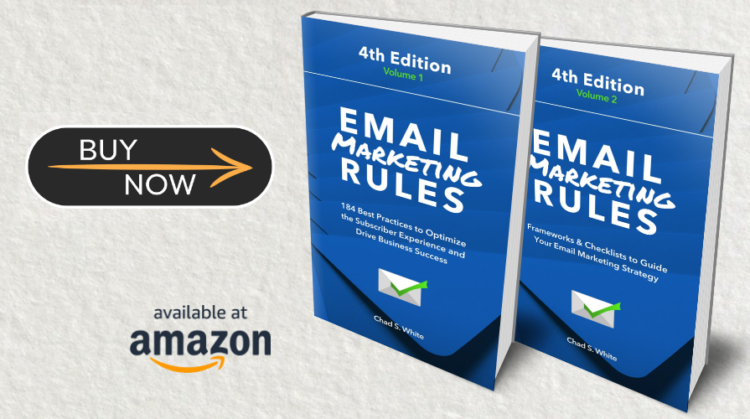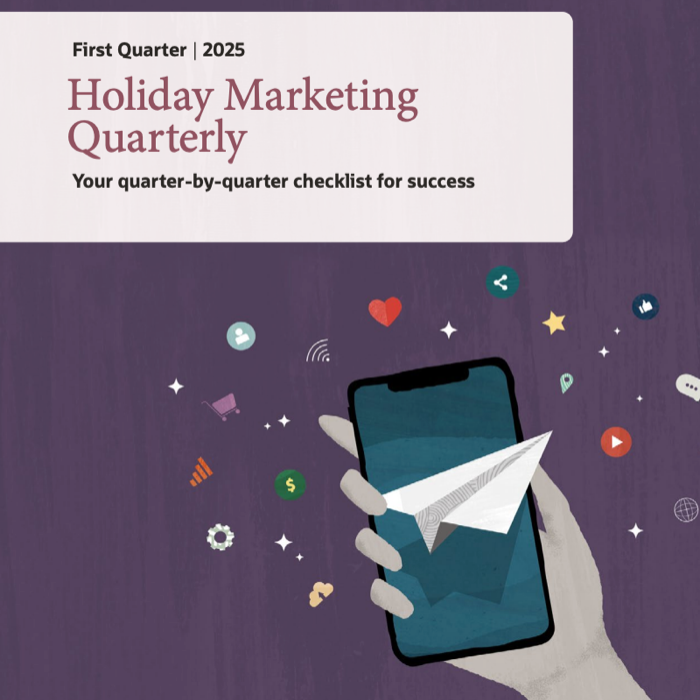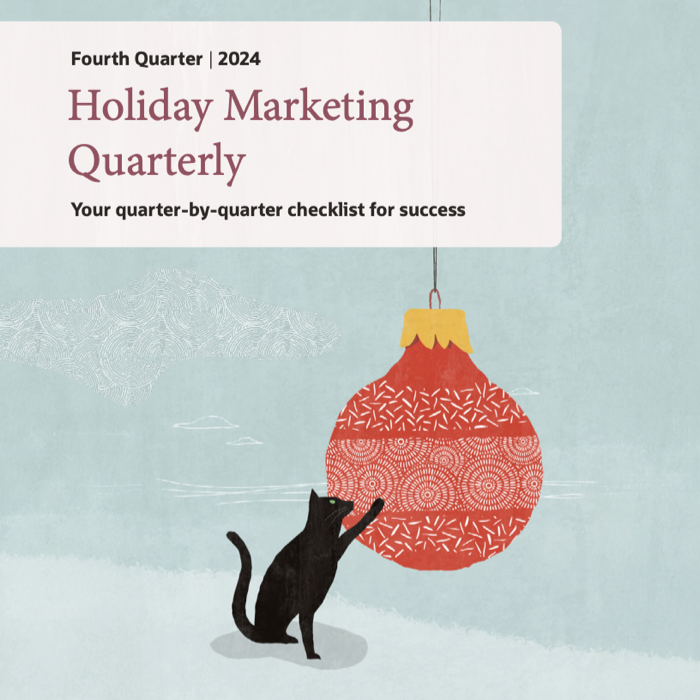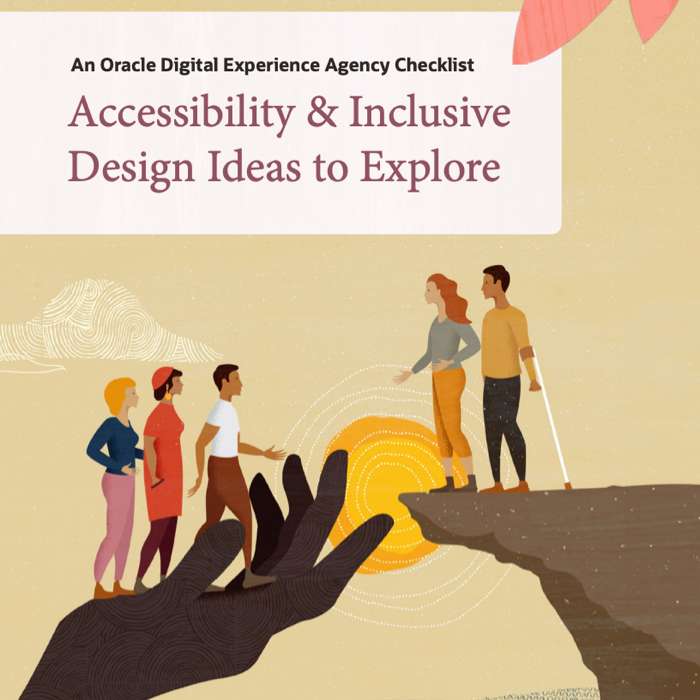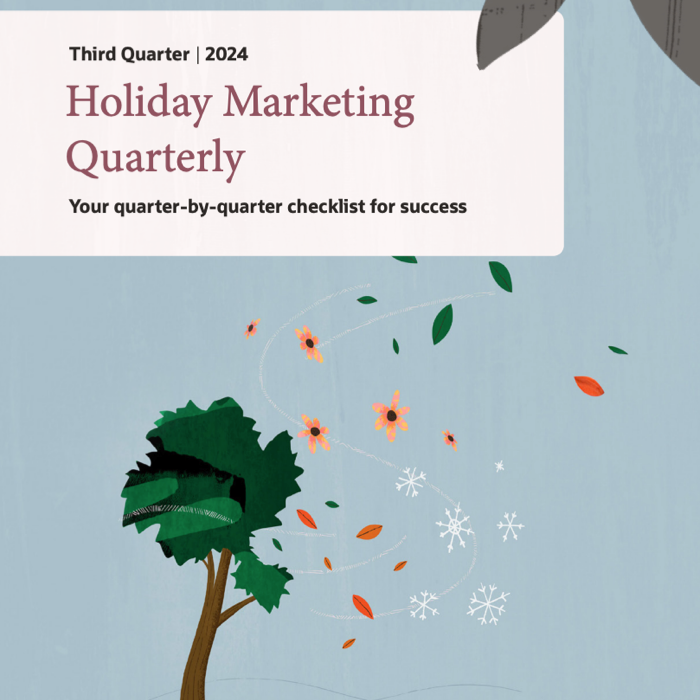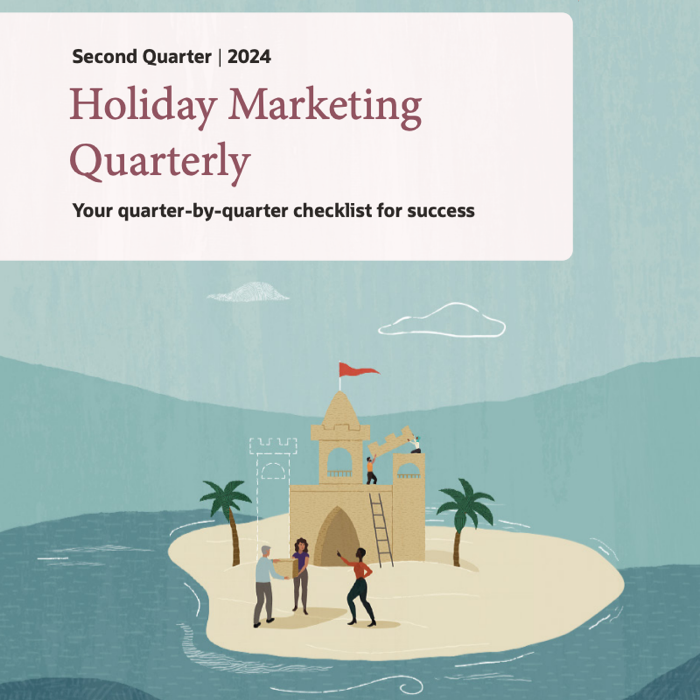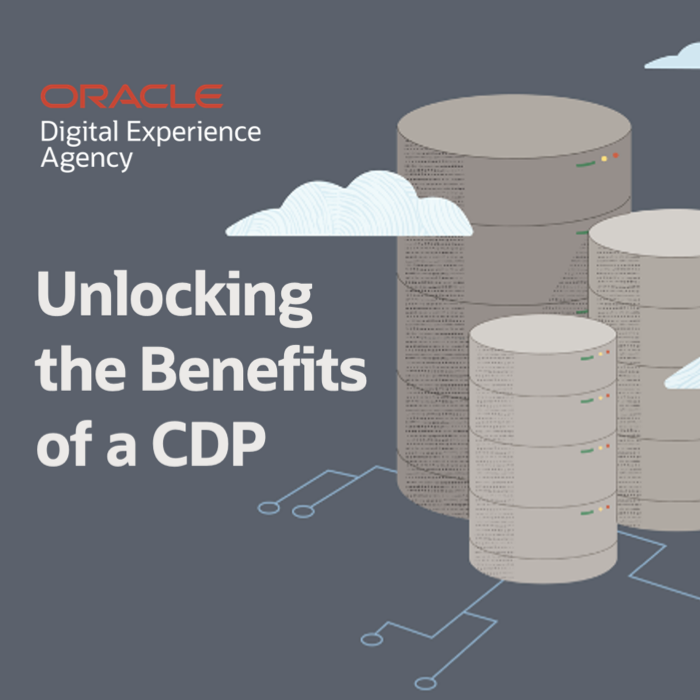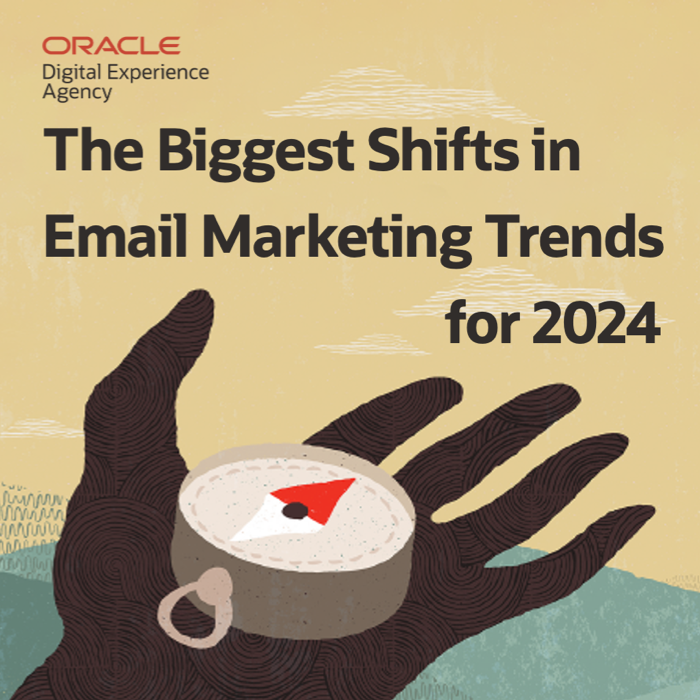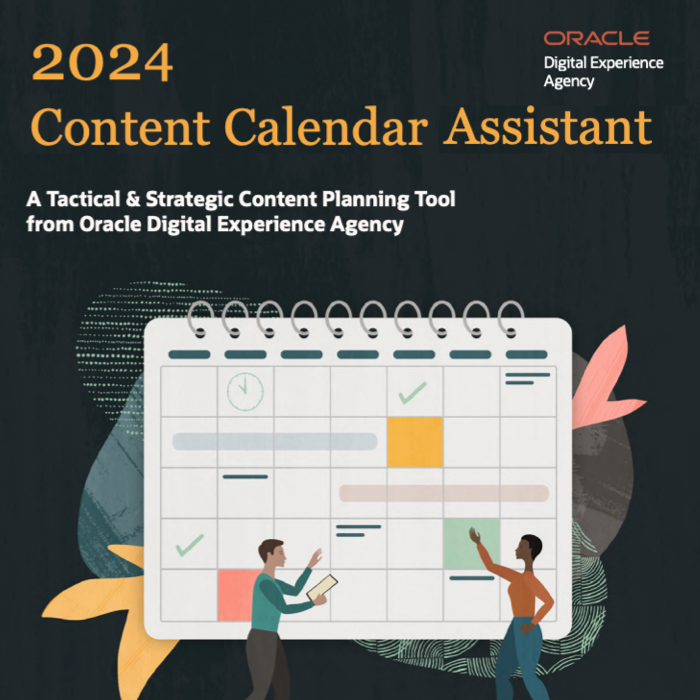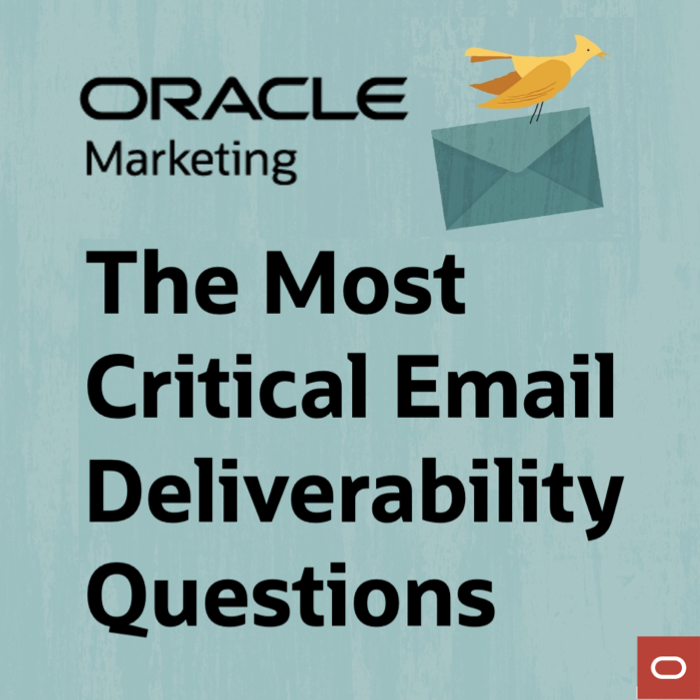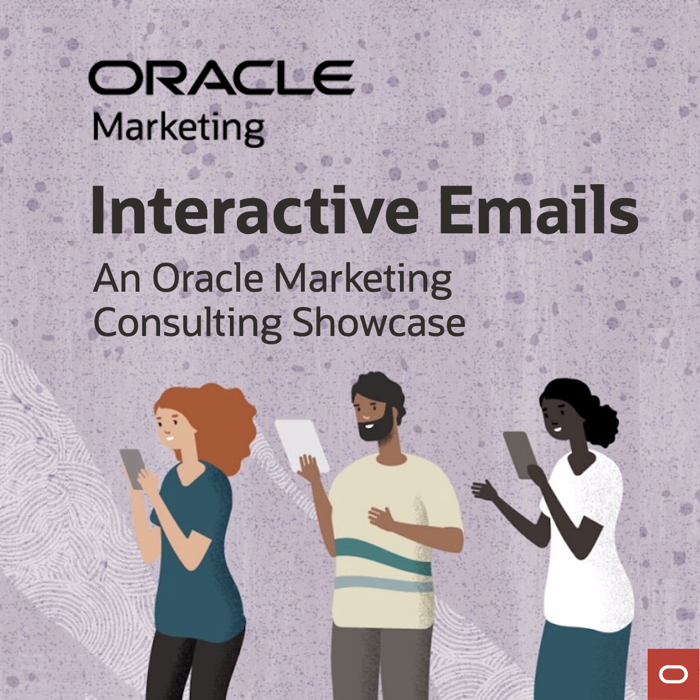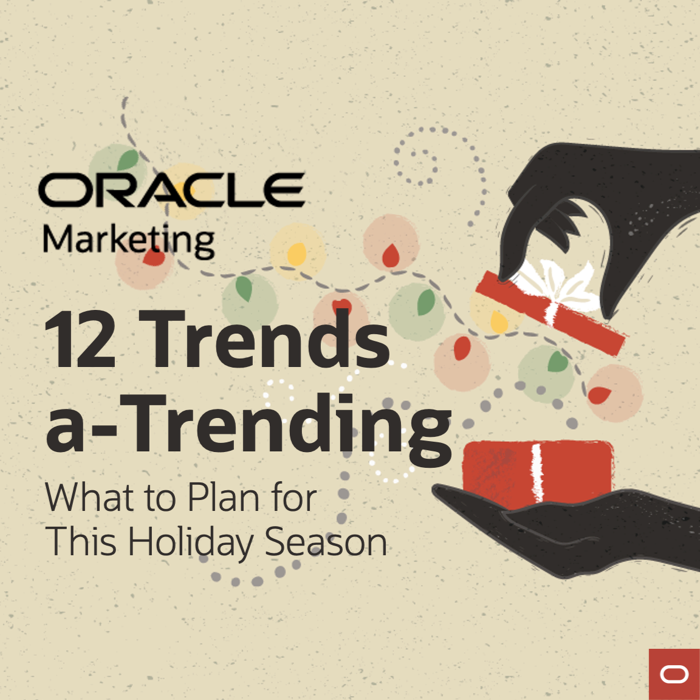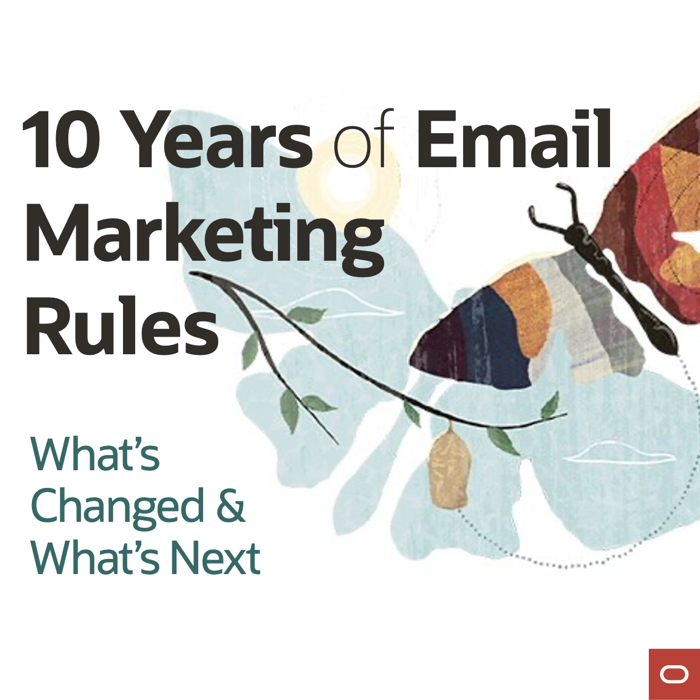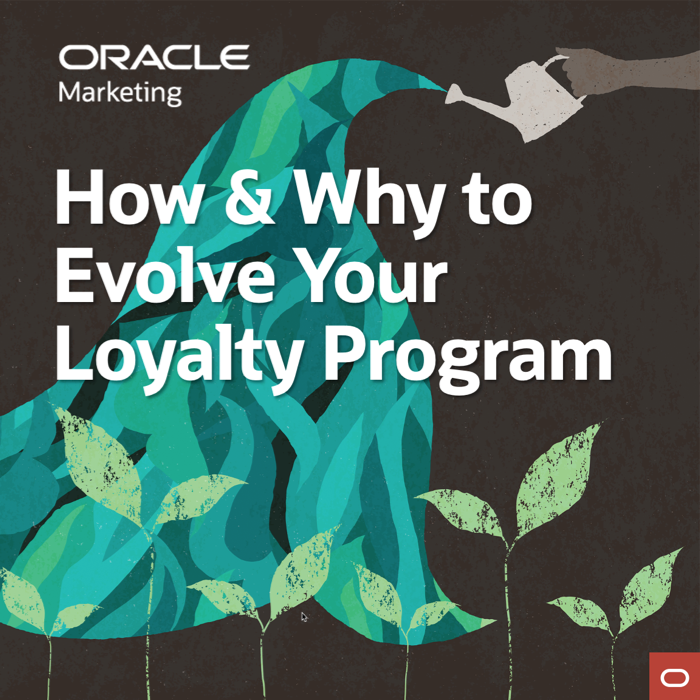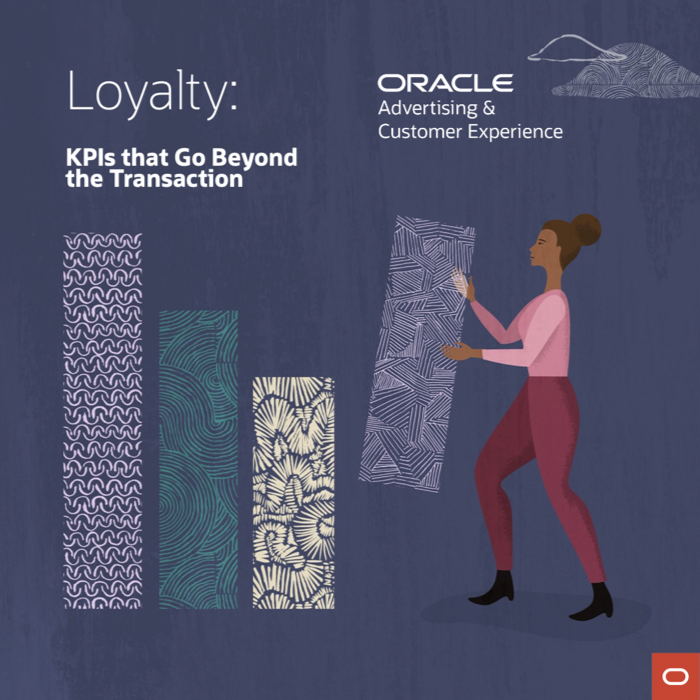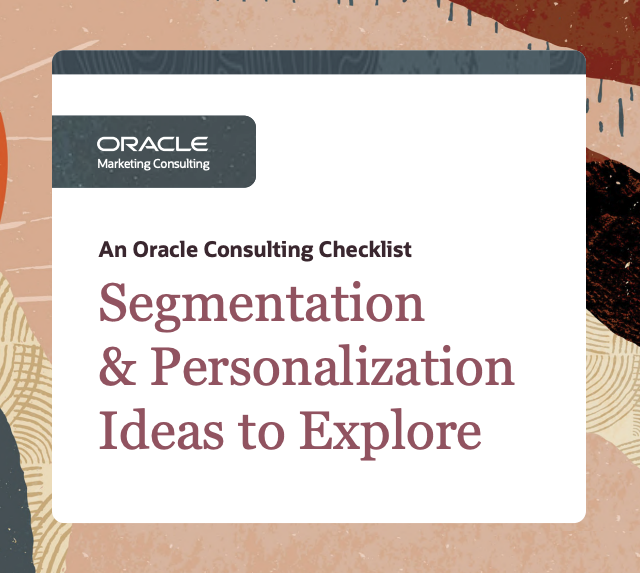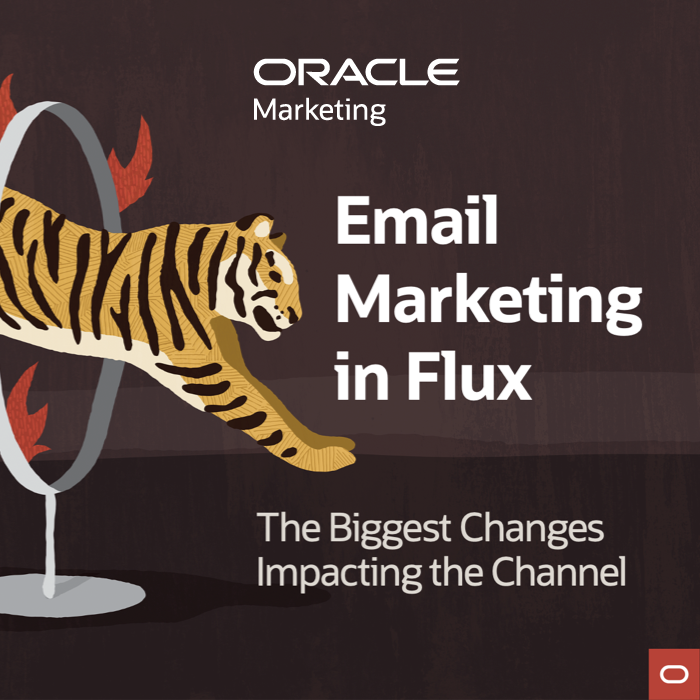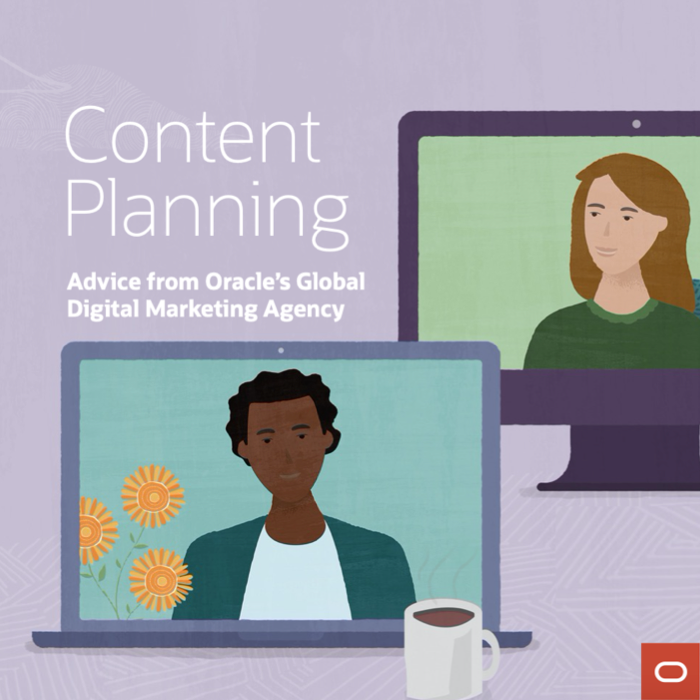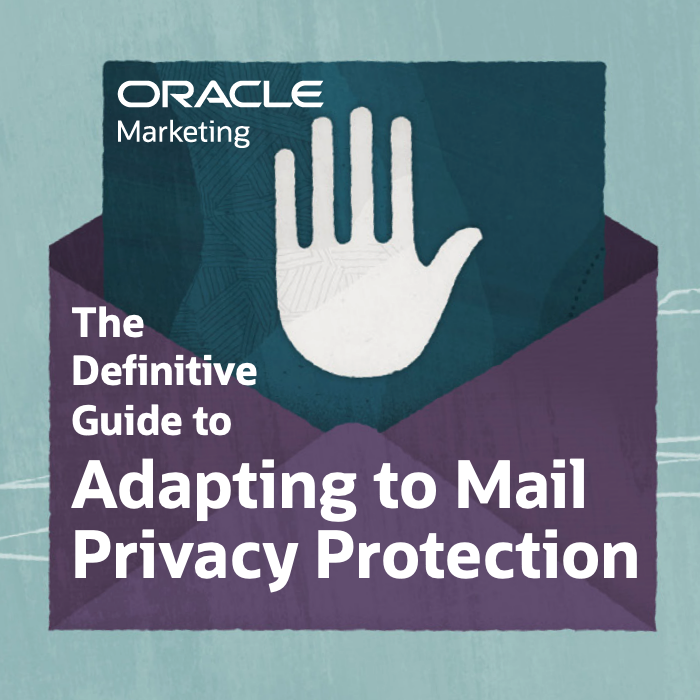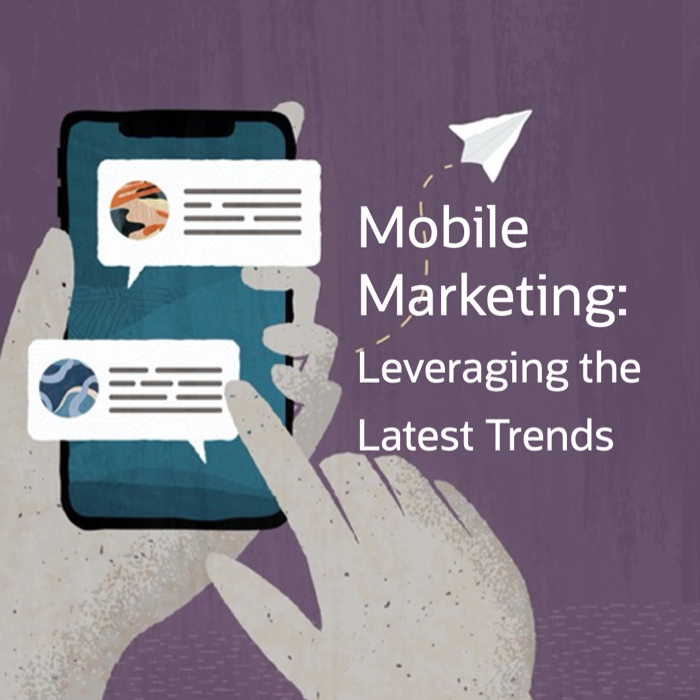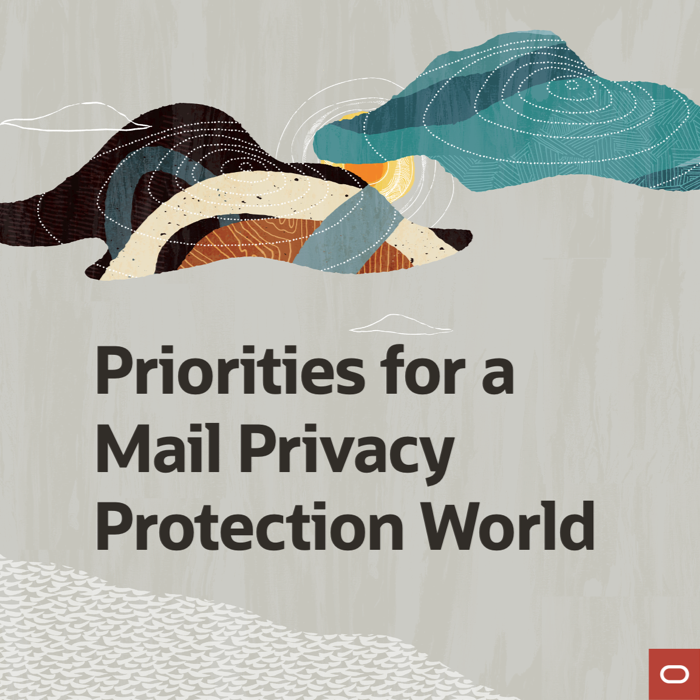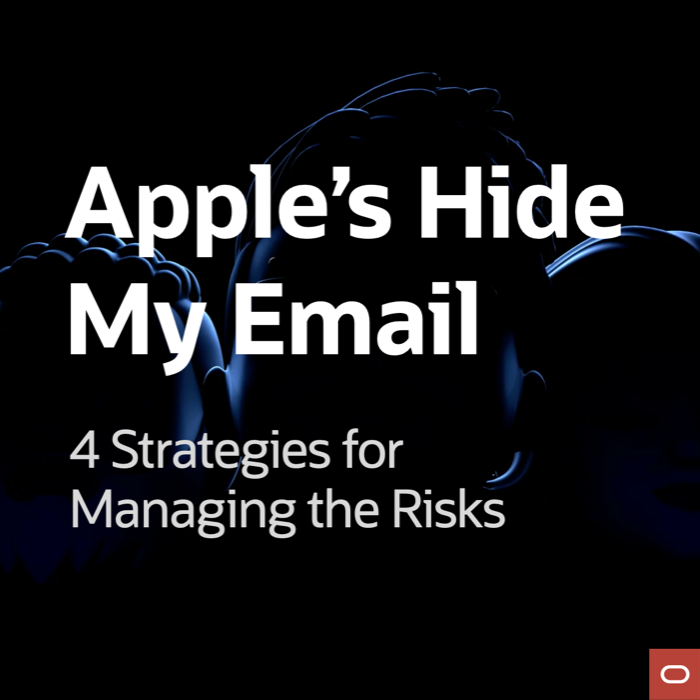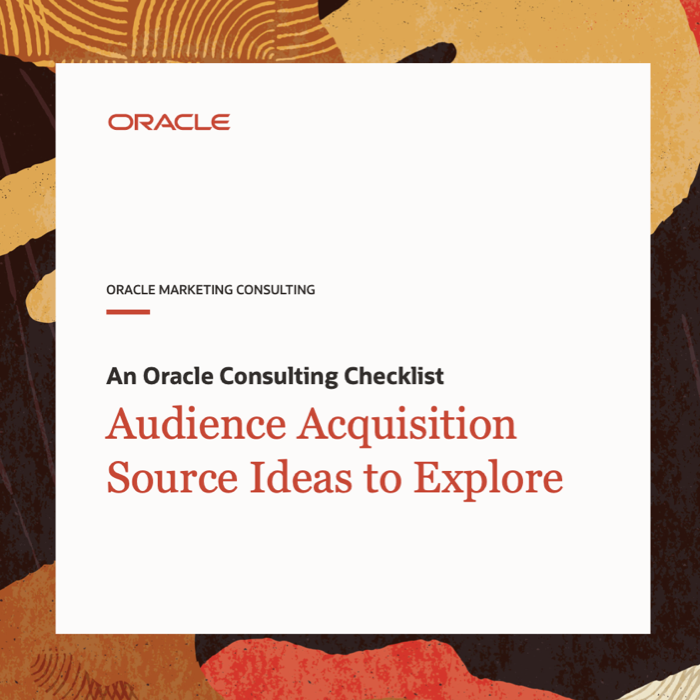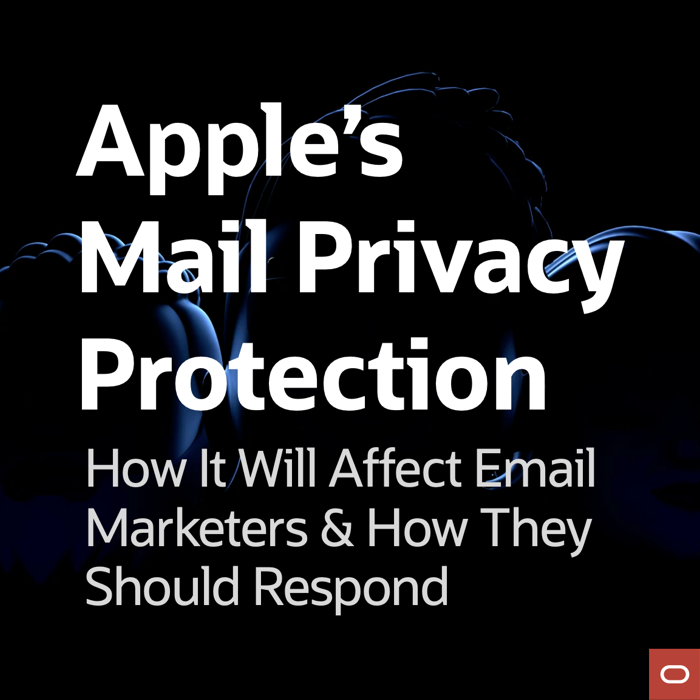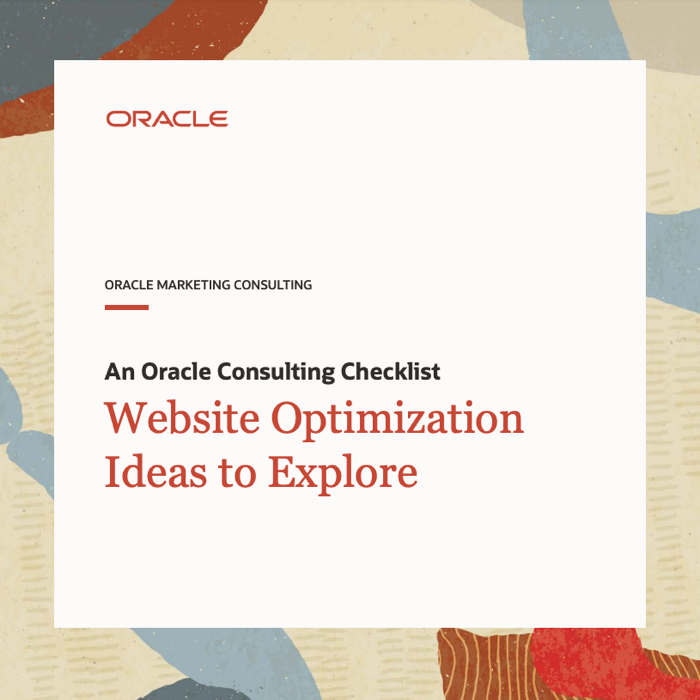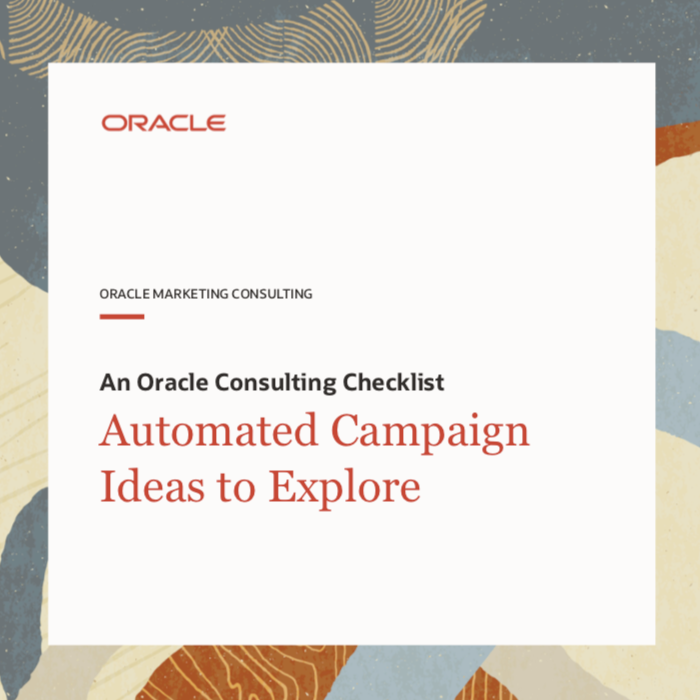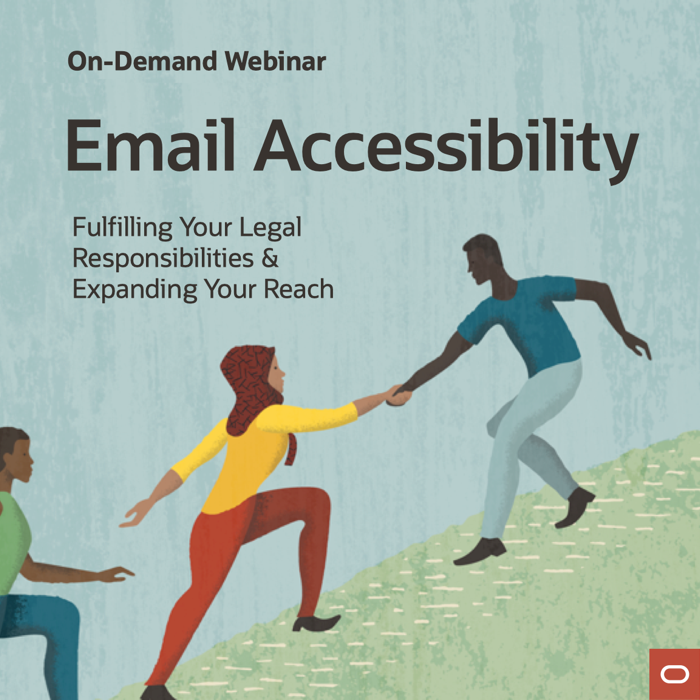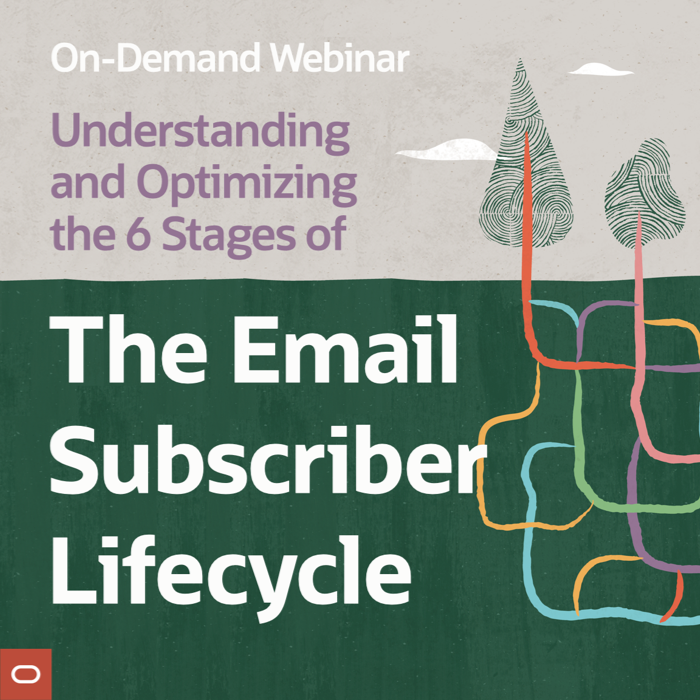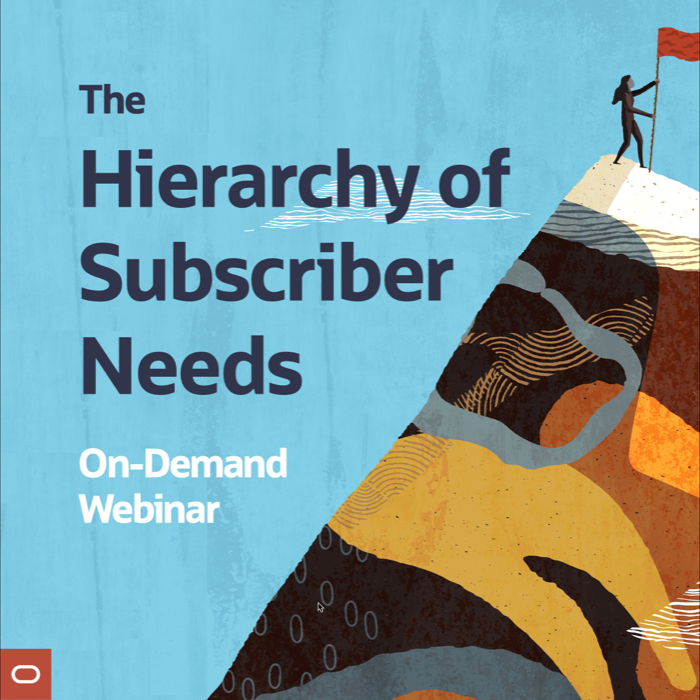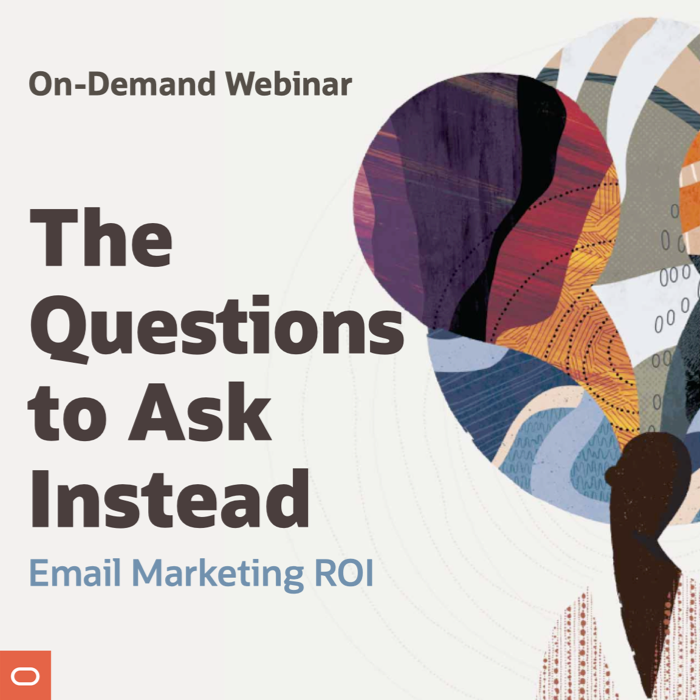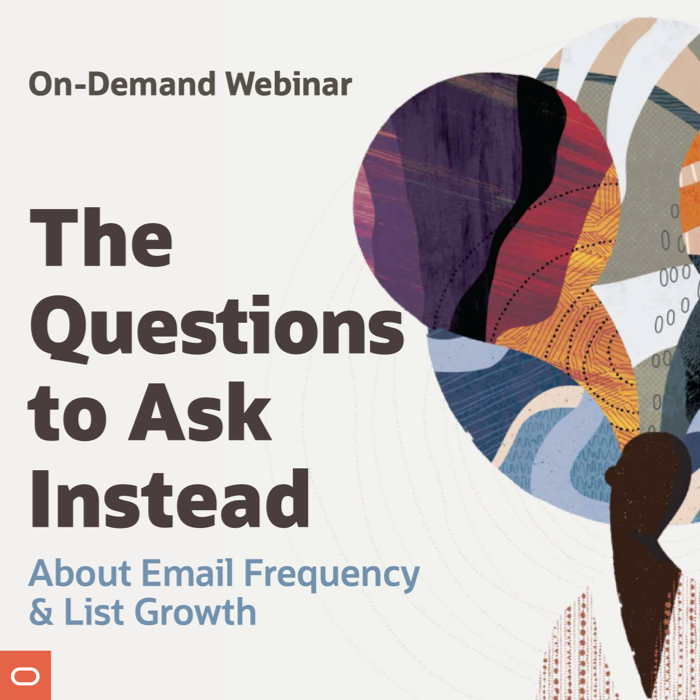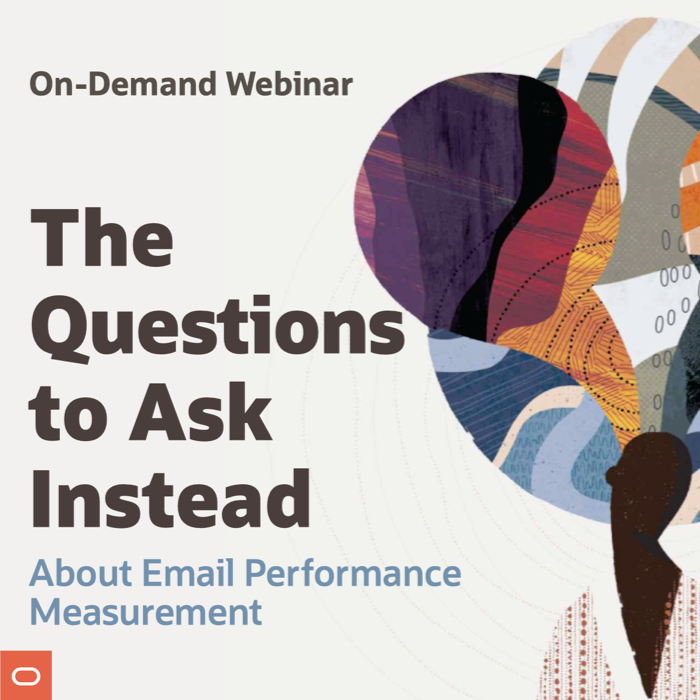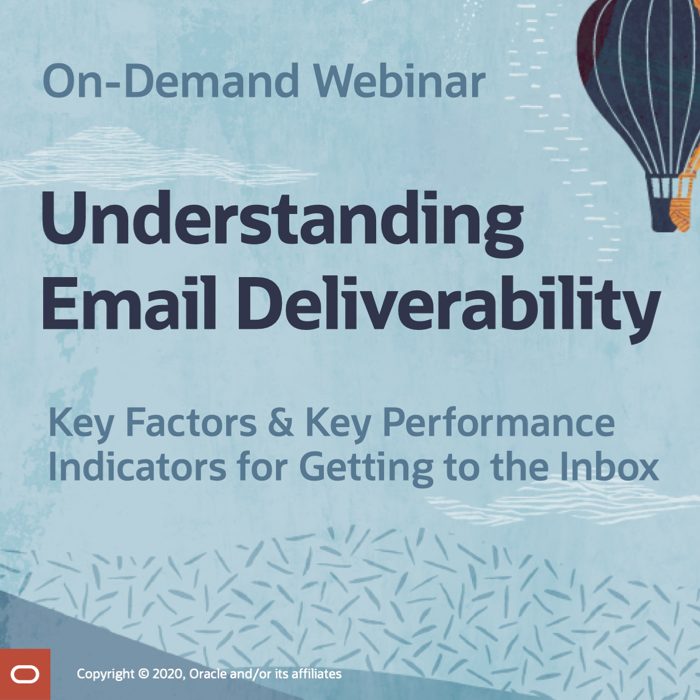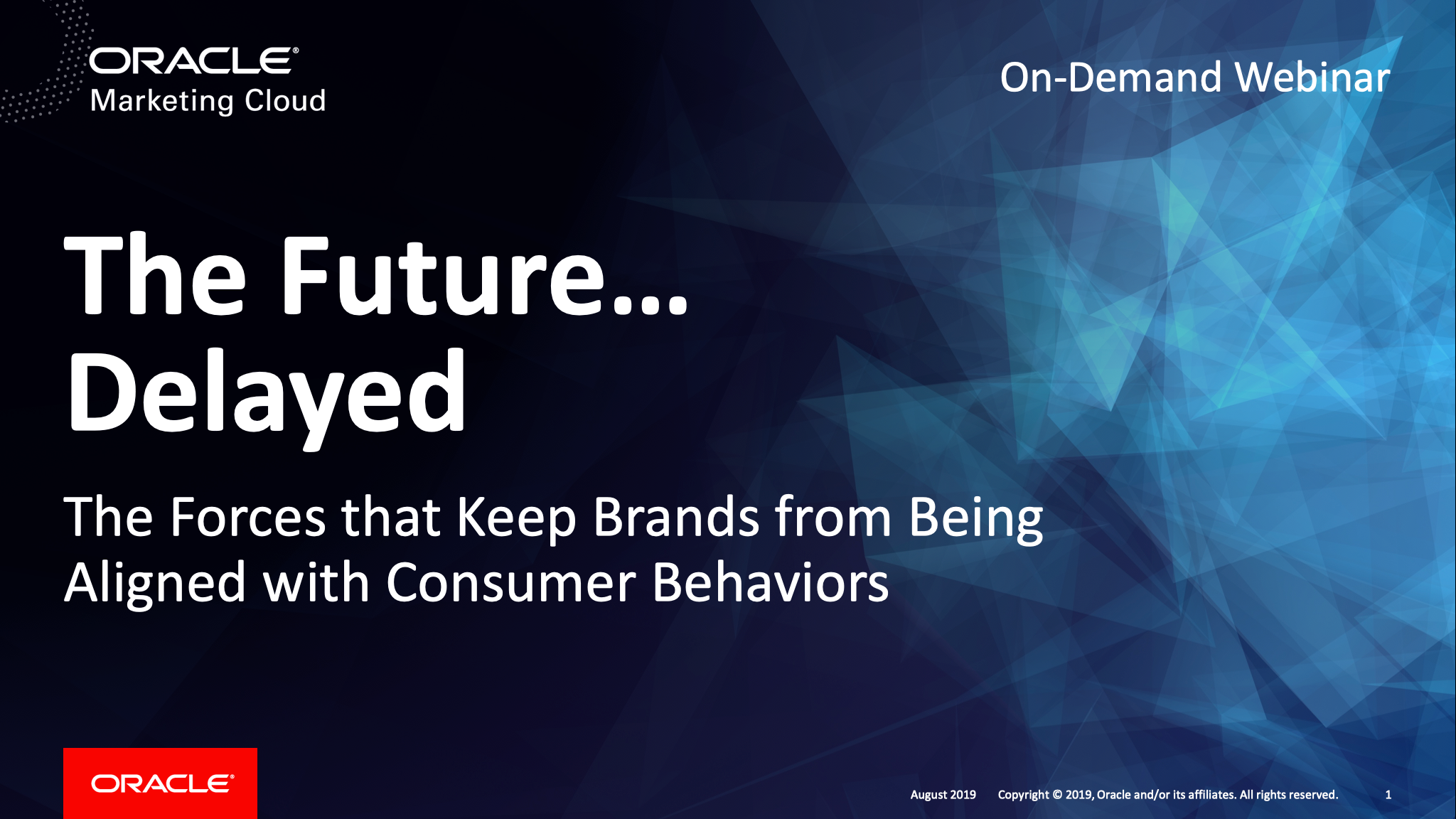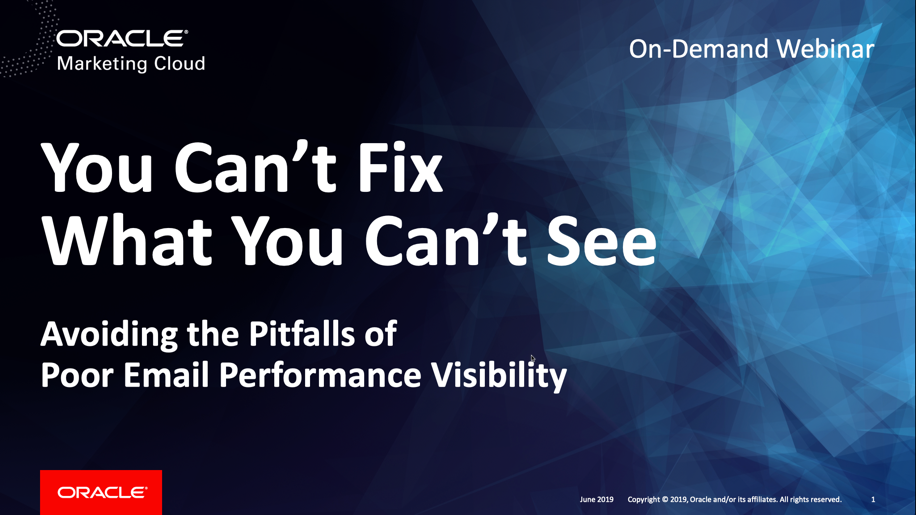4 Examples of Swipe Files in Action
A swipe file is a record of your top-performing subject lines, emails and landing pages that you return to for learnings and inspiration. Every brand should keep one.
To demonstrate how a swipe file can be used, I’m going to share examples from four brands that clearly keep good records and return to them to make improvements or to extend a concept.
Norm Thompson’s Christmas stocking emails. Back on Dec. 10, 2007, Norm Thompson sent a skinny email that uses the image of a Christmas stocking to entice you to scroll, which exposes you to various gift links along the way and culminates in a ginger bread man call-to-action. At the time, skinny emails were novel and really stood out since they were about half as wide as the average email in your inbox.
Over the next five years, Norm Thompson returned to the email creative each year, using the same overall design and tweaking the headline, gift links and call-to-actions. And, of course, over that time skinny emails became much more common as marketers have tried to make their emails more mobile-friendly.
Sony’s CES emails. This electronics-maker has been promoting their presence at the Consumer Electronics Show for many years now. Their 2008 CES email focused on providing show announcements via SMS and their blog. Their 2009 and 2010 emails were more focused on promoting particularly products, and then video and social media interaction became the focus after that. The strategy for the emails changed over time and the advent of new social platforms certainly played a big role in those decisions.
LinkedIn’s “Connections with New Jobs” emails. In January of 2011, LinkedIn sent their first email that updated you on how many of your connections changed jobs in the previous year. The email was really a breakthrough in personalization. Not only did they crunch the numbers on how many of your connections changed jobs, but the email was built from a selection of their profile pictures, each with alt text stating their name. Seriously impressive back then.
This year LinkedIn tweaked the delivery, using some larger pictures, calculating a percentage, adding a share-with-your-network call-to-action, and a call-to-action to update your own profile. This latest iteration goes beyond the informative nature of the 2011 email and focuses much more on driving action.
Banana Republic’s model cropping emails. While the Norm Thompson, Sony and LinkedIn examples were of a particular email being modified and improved over time, you can also use your swipe file to refine concepts. Banana Republic has done this with the concept of cropping model images. This technique creates a visual call-to-action to click through in order to see the full image, as people are naturally curious to see the entirety of something that’s partially concealed.
Banana Republic first started using this technique back in a Feb. 16, 2010 email. They’ve since explored variations on it in at least five other emails. While they’ve cropped models mostly on the right side of the email design, which I would expect to create the strongest click incentive, they’ve also experimented with a cropping on the left and top and bottom. With something like this, it’s hard to know for sure until you test it.
I hope this has inspired you to dive back into your past campaigns and look for winning emails and concepts that are worth remaking and further experimentation.
 Email Marketing Rules
Email Marketing Rules






